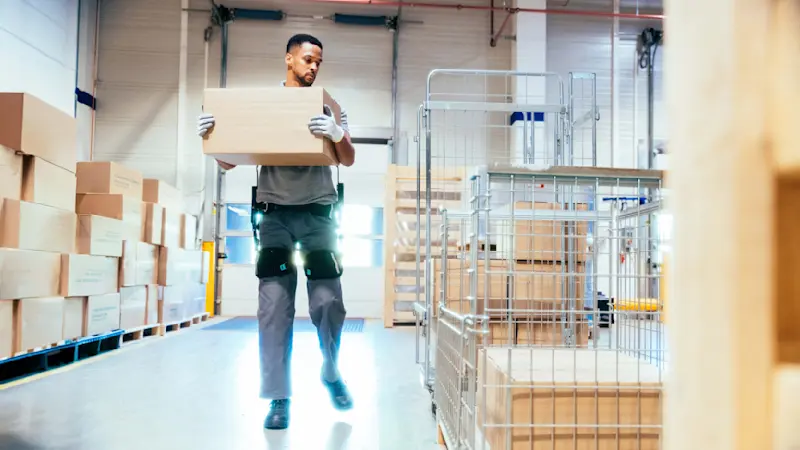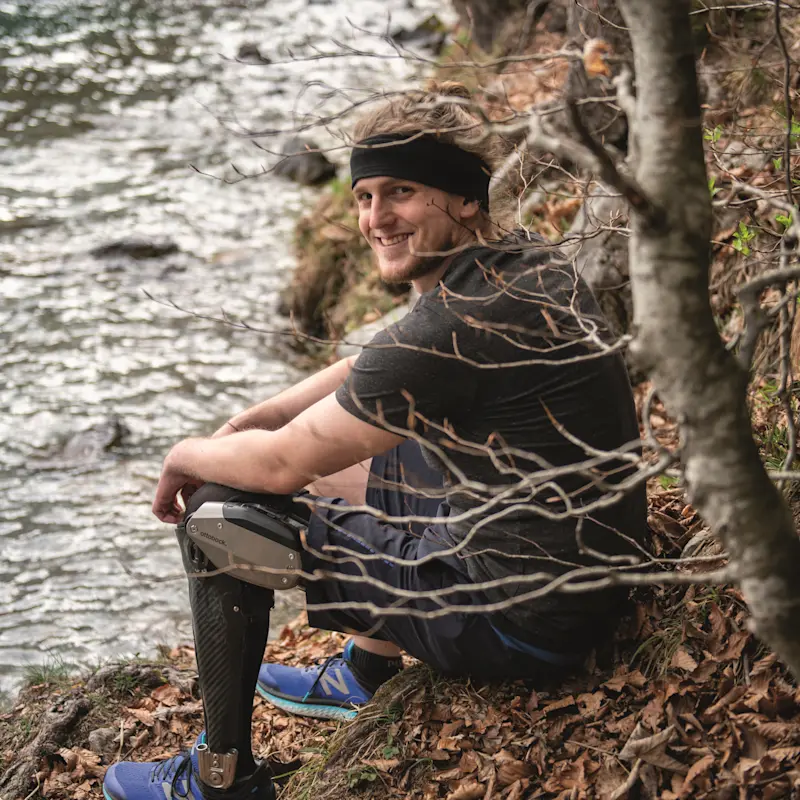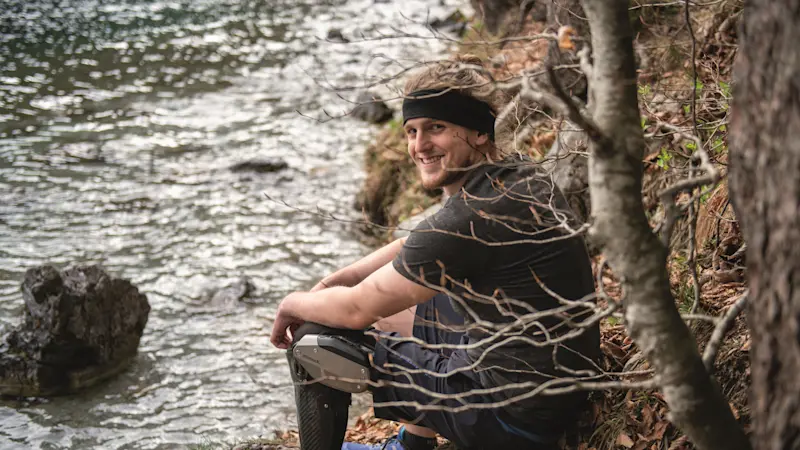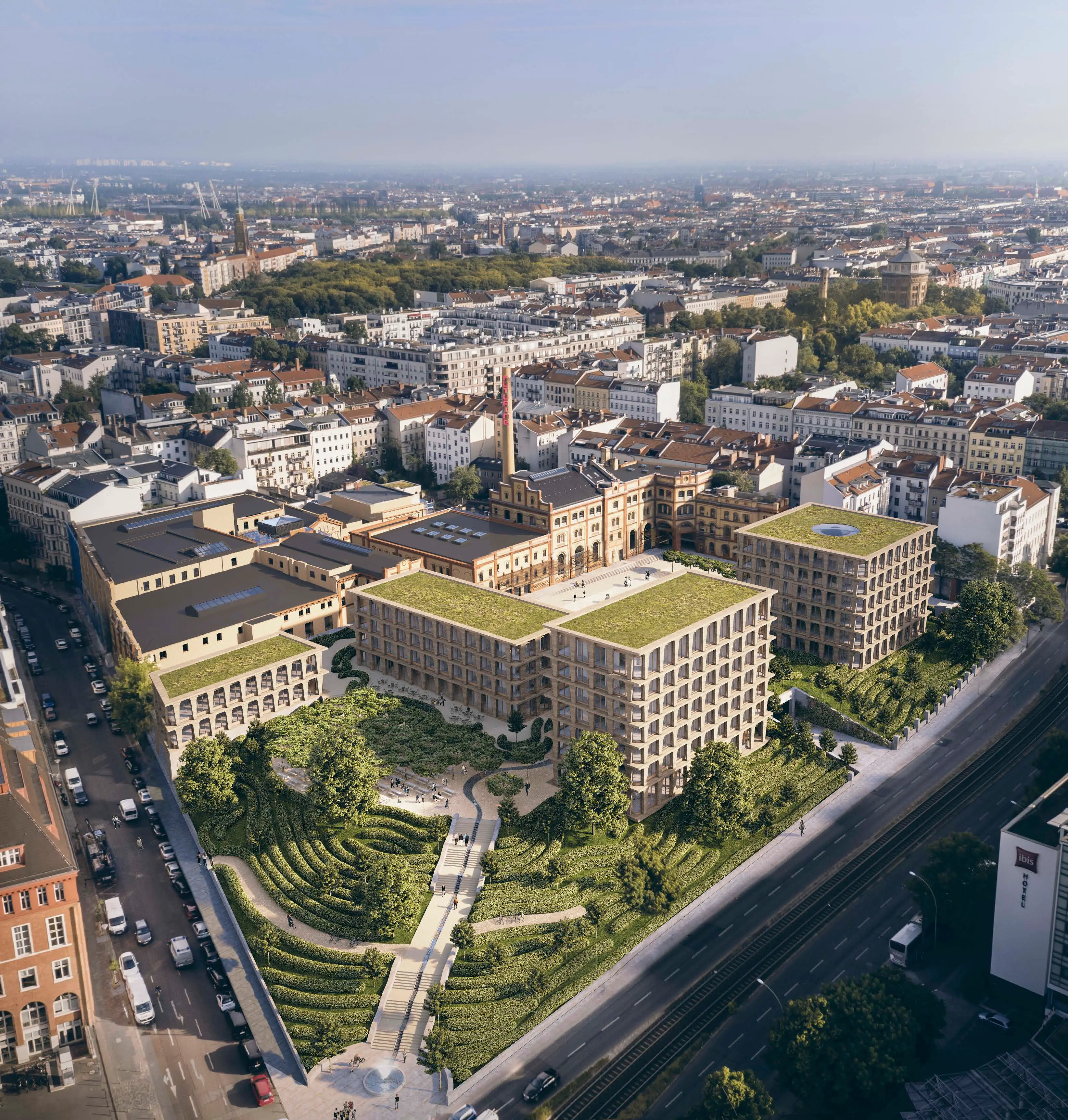Innovation for more quality of life
How do we make genuine progress of what is technically feasible? Something that helps people retain or regain their mobility? This is what drives us.
How do we make genuine progress of what is technically feasible? Something that helps people retain or regain their mobility? This is what drives us.
Medical technology in tune with the times
Since 1919 Ottobock has been developing wearable technology inspired by the human body. In doing so, we not only want to meet standards in orthopaedic technology, we want to think ahead. Data-based development and artificial intelligence (AI) make movements with prostheses more natural and safer. Together with research partners around the world, we are developing new fields such as neuro-rehabilitation and quantum sensor technology.
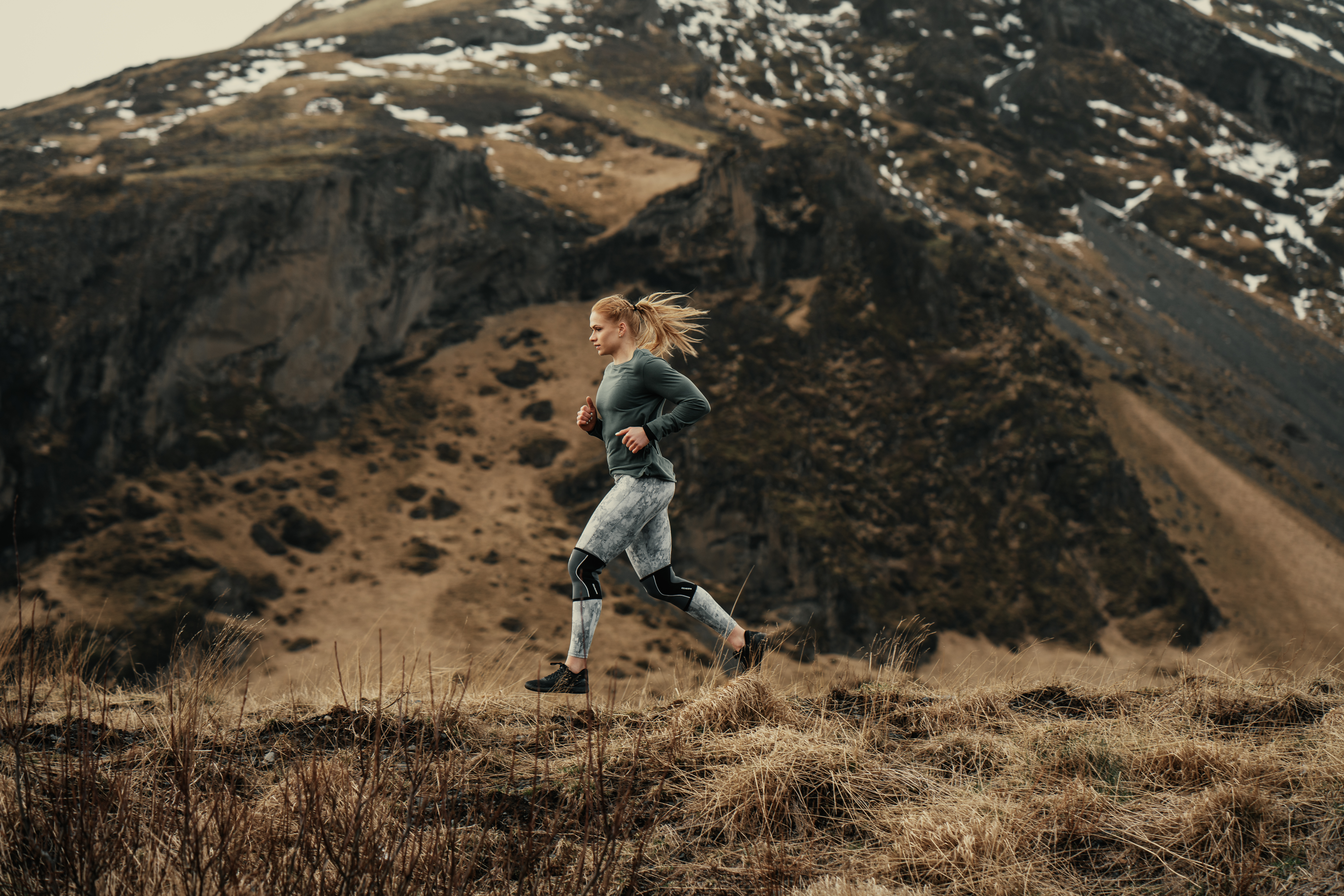
A pioneering spirit to become the leading innovator
In 1997, Ottobock presented the first microprocessor-controlled lower limb prosthesis C-Leg. To this day it remains the worldwide technological standard. By means of a self-learning system, our bebionic prosthetic hand revolutionised life after an amputation. And the Genium X3 joint makes swimming, cycling and jogging possible. Ottobock owns 1886 patents in 540 patent families for prostheses, exoskeletons, orthoses and wheelchairs – innovations that directly benefit people with handicap.
Helping people to remain mobile for a long time
Ottobock doesn’t just help people regain their mobility, we help them to remain healthy for as long as possible. Exoskeletons such as the Paexo take the strain off strenuous activities. The C-Brace® orthosis uses a microprocessor to help people walk again when muscles are paralysed.
Combination of body and technology
Basic research and precise knowledge of biological mechanisms enable the development of new concepts: Targeted muscle reinnervation (TMR), for example, makes it possible to control upper limb prostheses with muscle signals
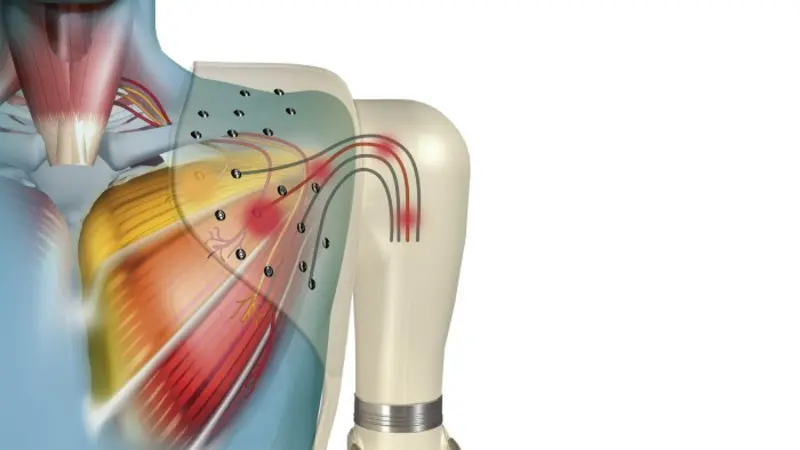
Clinical studies
How much more mobile does a person become thanks to their new prosthesis? How much is the danger of falling reduced? In figures, how much is quality of life improved? Ottobock makes progress measurable: our research examines products, treatment methods and rehabilitation successes. This serves to provide safety, trust and reimbursement by health insurance companies.
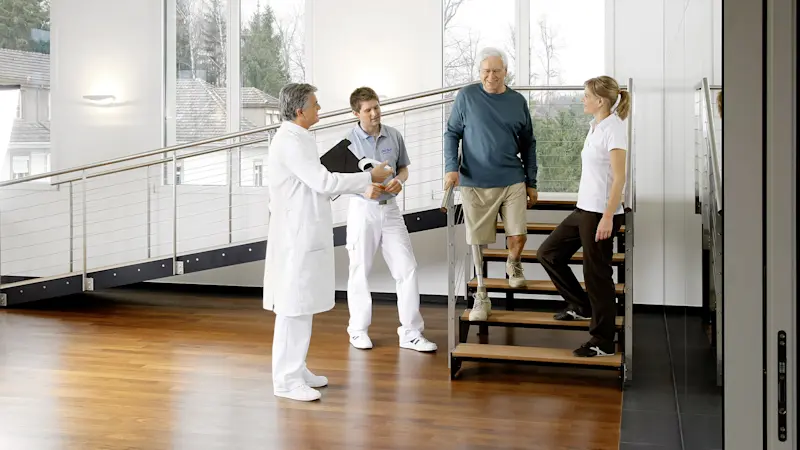
Networking knowledge, learning together
"Outside-in" means developing groundbreaking technologies – and being open to knowledge outside the company. Our researchers collaborate with bright minds, universities and institutions from all over the world, for example:
In purchasing the company BionX Ottobock and founder Hugh Herr are researching the development of intuitively controlled leg prosthesis. Herr is the head of the “Center for Extreme Bionics” at MIT in Boston.
Together with the Robot Rehabilitation Center in Japan, Ottobock is working to achieve rehabilitation successes for paraplegics.
For its collaboration with MedUni Vienna on hand prosthesis control with muscle impulses, Ottobock received the CDG Prize for Research and Innovations.
Ottobock supports the research work of the Shirley Ryan AbilityLab in Chicago with the Max Näder Center for Rehabilitation Technologies and Outcomes Research.
For the research project INOPRO of the Federal Ministry of Education and Research Ottobock is working on intelligent orthotics and prosthetics for improved human-technology interaction.


